
SAY THE WORD “GRASS” and you picture not a lone blade but a mass undulation. It is for all practical purposes uncountable, a tease of the infinite. More than 10,000 species compose Poaceae, the family of grass, and together they cover around 40 percent of the earth’s lands (outside of Greenland and Antarctica). Traders and settlers venturing into the American interior in the 18th century took the French word for meadow — prairie, from the Latin pratum — to name the vast expanse that met them, bare of trees, holding up nothing but sky. Even a modern suburban lawn, mowed into submission and confined to an angular patch, is a grasp at space, an attempt to reconjure the great wide open.
The Midwestern architecture critic Donald Hoffmann described the American plains as “nature’s eloquent way of making freedom visible.” From those austere horizontals came Frank Lloyd Wright’s early 20th-century Prairie vernacular: houses built close to the ground with banks of windows to let the outside in; free-flowing floor plans largely unbroken by walls. At the same time, the Danish immigrant Jens Jensen championed a corresponding Prairie School in landscape design, planting gardens and parks with sweeps of native grass — a canvas for the wind to write messages on, and just as quickly erase them.
Diese Geschichte stammt aus der December 2019-Ausgabe von T Singapore: The New York Times Style Magazine.
Starten Sie Ihre 7-tägige kostenlose Testversion von Magzter GOLD, um auf Tausende kuratierte Premium-Storys sowie über 8.000 Zeitschriften und Zeitungen zuzugreifen.
Bereits Abonnent ? Anmelden
Diese Geschichte stammt aus der December 2019-Ausgabe von T Singapore: The New York Times Style Magazine.
Starten Sie Ihre 7-tägige kostenlose Testversion von Magzter GOLD, um auf Tausende kuratierte Premium-Storys sowie über 8.000 Zeitschriften und Zeitungen zuzugreifen.
Bereits Abonnent? Anmelden
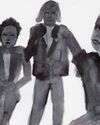
Look At Us
As public memorials face a public reckoning, there’s still too little thought paid to how women are represented — as bodies and as selves.
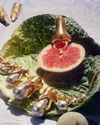
Two New Jewellery Collections Find Their Inspiration In The Human Anatomy
Two new jewellery collections find their inspiration in the human anatomy.
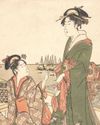
She For She
We speak to three women in Singapore who are trying to improve the lives of women — and all other gender identities — through their work.
Over The Rainbow
How the bright colours and lively prints created by illustrator Donald Robertson brought the latest Weekend Max Mara Flutterflies capsule collection to life.

What Is Love?
The artist Hank Willis Thomas discusses his partnership with the Japanese fashion label Sacai and the idea of fashion in the context of the art world.
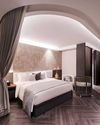
The Luxury Hotel For New Mums
Singapore’s first luxury confinement facility, Kai Suites, aims to provide much more than plush beds and 24-hour infant care: It wants to help mothers with their mental and emotional wellbeing as well.
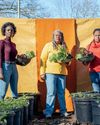
Who Gets To Eat?
As recent food movements have focused on buying local or organic, a deeper and different conversation is happening among America’s food activists: one that demands not just better meals for everyone but a dismantling of the structures that have failed to nourish us all along.
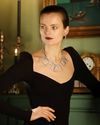
Reimagining The Future Of Fashion
What do women want from their clothes and accessories, and does luxury still have a place in this post-pandemic era? The iconic designer Alber Elbaz thinks he has the answers with his new label, AZ Factory.

A Holiday At Home
Once seen as the less exciting alternative to an exotic destination holiday, the staycation takes on new importance.
All Dressed Up, Nowhere To Go
Chinese supermodel He Sui talks about the unseen pressures of being an international star, being a trailblazer for East Asian models in the fashion world, and why, at the end of the day, she is content with being known as just a regular girl from Wenzhou.